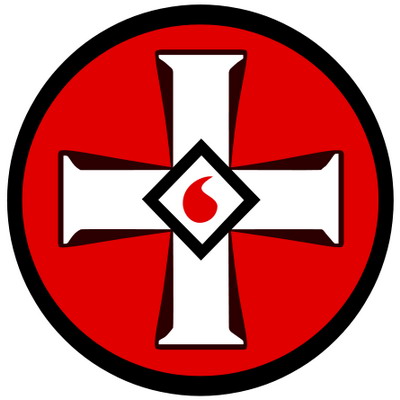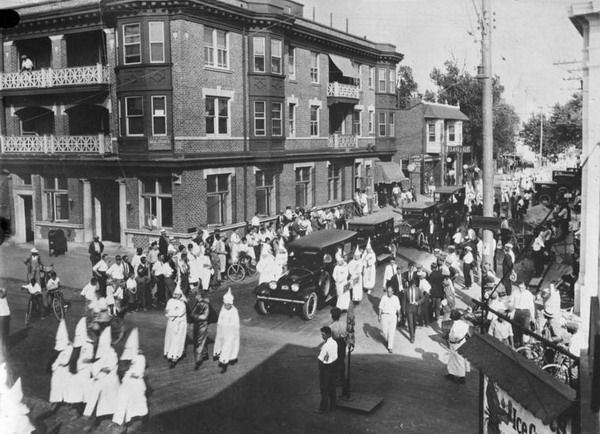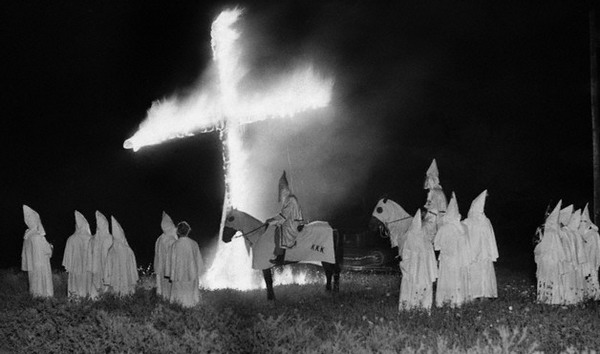
KU KLUX KLAN

The Ku Klux Klan is a racist, anti-Semitic movement with a
commitment to extreme violence to achieve its goals of racial segregation and
white supremacy. Of all the types of right-wing hate groups that exist in the
United States, the Klan remains the one with the greatest number of national and
local organizations around the country. More than 40 different Klan groups exist,
many having multiple chapters, or “klaverns,” including a few that boast a
presence in a large number of states. There are over a hundred different Klan
chapters around the country, with a combined strength of members and associates
that may total around 5,000.
After a period of relative quiet, Ku Klux Klan activity has spiked noticeably
upwards in 2006, as Klan groups have attempted to exploit fears in America over
gay marriage, perceived “assaults” on Christianity, crime and especially
immigration.
The Ku Klux Klan first emerged following the Civil War as America’s first true
terrorist group. Since its inception, the Ku Klux Klan has seen several cycles
of growth and collapse, and in some of these cycles the Klan has been more
extreme than in others. In all of its incarnations, however, the Klan has
maintained its dual heritage of hate and violence.
At first, the Ku Klux Klan focused its anger and violence on African-Americans,
on white Americans who stood up for them, and against the federal government
which supported their rights. Subsequent incarnations of the Klan, which
typically emerged in times of rapid social change, added more categories to its
enemies list, including Jews, Catholics (less so after the 1970s), homosexuals,
and different groups of immigrants.
In most of these cases, these perceived enemies were minority groups that came
into direct economic competition with the lower- and working-class whites that
formed the core constituency of the Klan in most of its incarnations.
The Ku Klux Klan was overshadowed in the late 1990s and early 2000s by growing
neo-Nazi activity; however, by 2005 neo-Nazi groups had fallen on hard times,
with many groups collapsing or fragmenting. This collapse has helped create a
rise of racist skinhead activity, but has also provided new opportunities for
Klan groups.
In addition, in the early 2000s, many communities in the United States began to
experiences a significant influx of immigrants, especially Hispanics, for the
first time in their histories. A single-issue movement opposing immigration has
helped create fear and anxiety about immigration in the minds of many Americans.
Many Ku Klux Klan groups have attempted to take advantage of that fear and
uncertainty, using anti-immigration sentiments for recruitment and propaganda
purposes, and to attract publicity.
(www.adl.org)


Funeral parade 1931
Parade 1967
